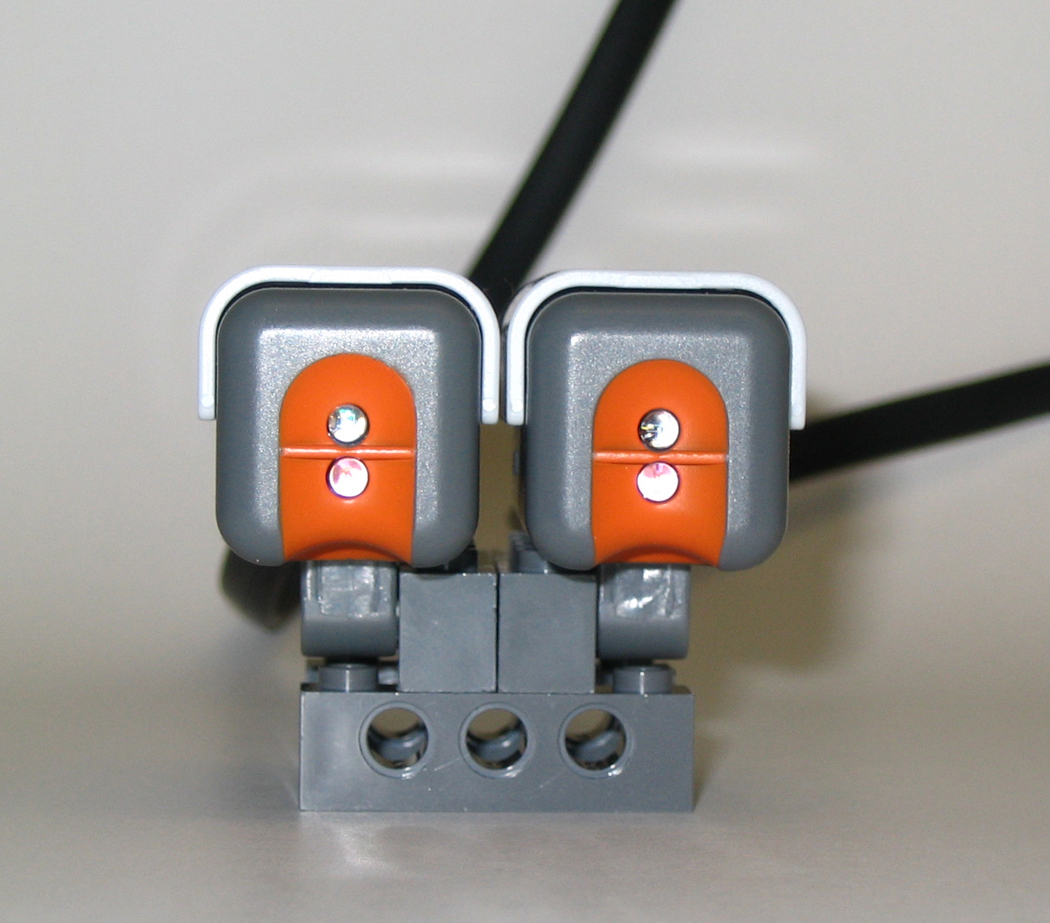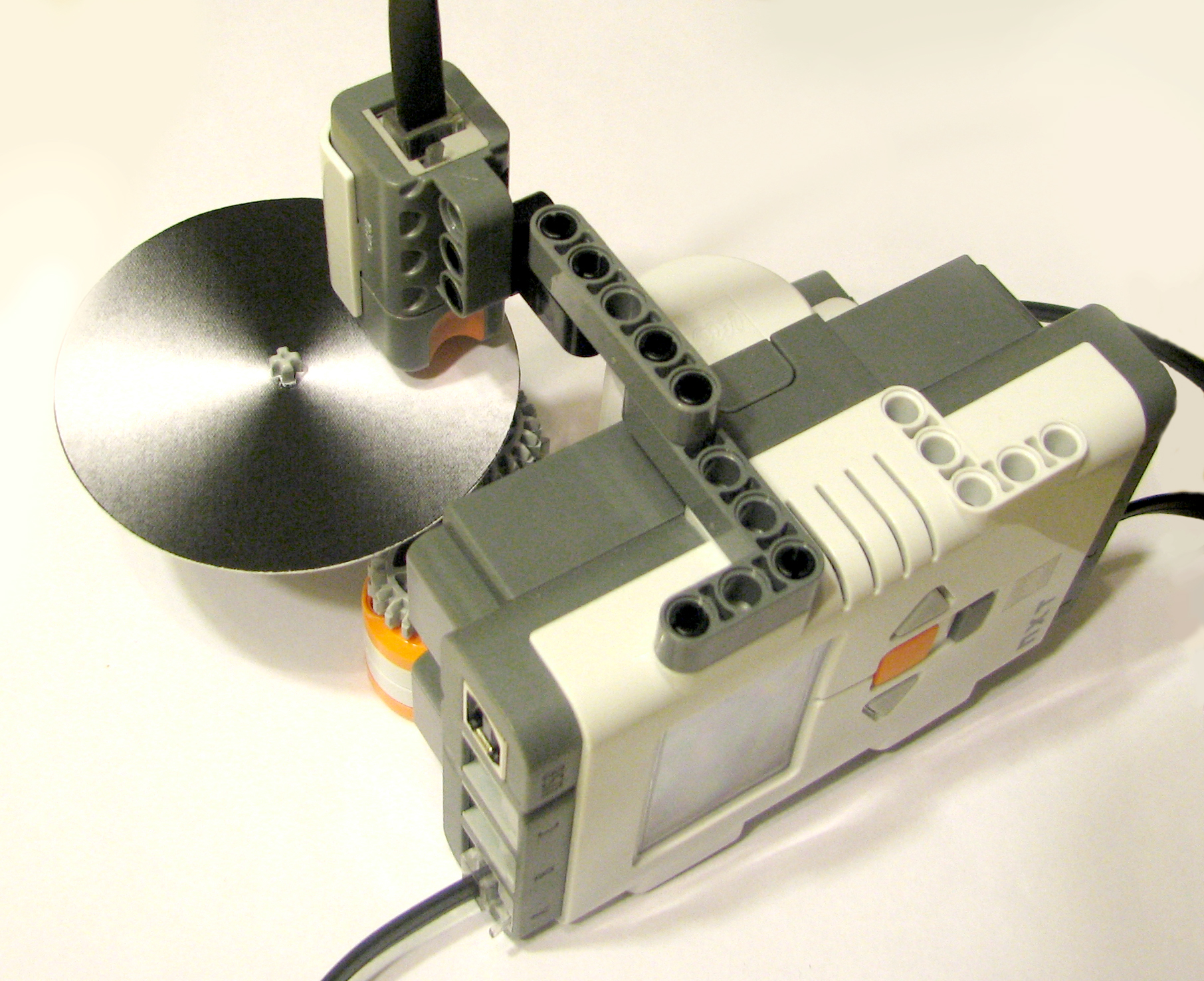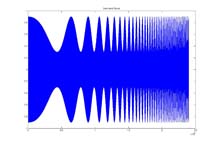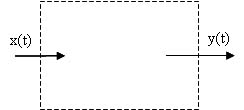Several LEGO Experiments have been designed to
supplement a lecture-based Signals and Systems course. Students can perform
these experiments in class or at home using their own computers to interface
with the LEGO processor and to plot data.
Version 1 uses lower level commands. Students are required to modify a
skeletal code written in NXC, so prior knowledge of C is not required. The
advantage of this method is that students are exposed to embedded computing for
implementing signal processing or controls including writing loops for
implementing difference equations, integer arithmetic, and overflow
considerations. The software development package that includes NXC is available for
free. Click for more details.
Version 2 uses a graphical user interface. Students can run a
preprogrammed code that requires them to change parameters using sliders.
They can also modify the code by inserting MathScript or C commands into a
script window embedded in the graphical interface. The advantage of this method
is that the emphasis in Version 2 is not on the low level details but rather on
the higher level concepts. For example, floating point operations are
allowed, and students do not have to deal with syntax errors in C.
Click for more details.
|
List of Experiments |
|
Experiment |
Concepts |
Description |
Download |
|
Light sensor Experiment
 |
Aliasing, Frequency
Analysis, Digital Filtering |
Data is recorded by one or two light sensors
while the light in the room is turned on and off. The students are asked
to design and implement a lowpass filter to remove noise. The
source of the noise is investigated. |
V1:
NXC V2: LabVIEW |
|
Shaded Disk Experiment

|
Periodic Signals, Chirp
Signals, Aliasing, Highpass and Lowpass Filters |
A motor turns the disk resulting in a
sinusoidal signal measured from the light sensor. Students are
asked to design and implement various types of filters. |
V1: NXC
V2: LabVIEW
|
|
Sound
Sensor Modulation

|
Amplitude Modulation and Demodulation, and
Pulse Code Modulation |
A signal is generated on a computer,
modulated, and transmitted via the computer's speakers. The sound sensor
measures sound intensity, and acts as an envelope detector to recover
the original signal. |
V1: NXC
V2: LabVIEW
|
|
Sound Sensor
System ID
 |
Frequency Analysis, System Identification |
A system is created consisting of a sequence
of components: modulator, speakers, air channel, and sound sensor.
Though some of the components are nonlinear, the overall system has a
linear range. The system is found from input/output data records.
|
V1: NXC
V2: LabVIEW
|
|
Quadrature Experiment

|
Aliasing, sensor processing |
Two light sensors are mounted in quadrature
with respect to the disk. This experiment is used to show students
how to process and merge data. In this case, they would use the light
sensor data to implement an encoder. |
V1: NXC
V2: LabVIEW
|
|
Motor Control Demo

|
Effect of Feedback
Control, Root Locus |
The experiment is meant to be passed around
in class. Students can enter different gains into the processor and run
a position control program. |
V1: NXC
V2: LabVIEW
|
|
Motor Control Project
 |
System Identification,
Root Locus, Control Design and Implementation |
Students are asked to identify a system,
design a lead controller to achieve time domain specifications,
discretize and implement the control, and show the tracking response to
sine waves of different frequencies. |
V1:
NXC
V2: LabVIEW
|





